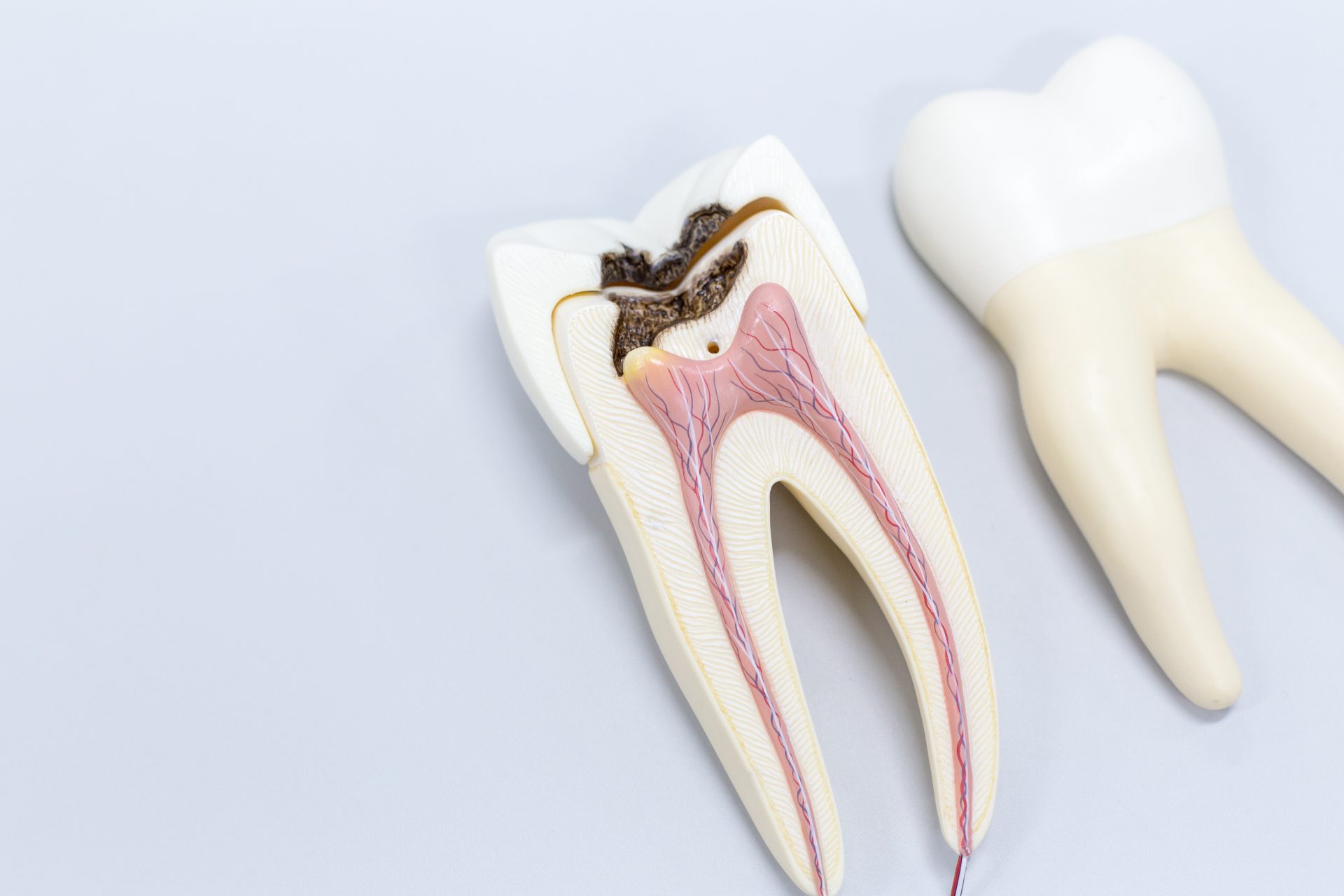Are experiencing severe pain while chewing or biting? Have you been extra sensitive to hot or cold, even after the sensation is removed? What about swollen or tender gums?
I am sorry to inform you that these are the signs of needing a root canal and you will need to pay a visit to your dental care provider.
While there are several causes of a root canal, poor oral hygiene is the most common. This is a great reminder for you that maintaining your oral health is a lifelong commitment and you should not neglect it.
The purpose of root canal treatment is to get rid of the infection and restore the inner structure of your tooth. Yes, it used to be a painful procedure, but that was only when the means of dentistry were still pretty primitive. But now after dental care has come a long way, there is no need to freak out.
If you’re not such a fan of dentists, here’s a breakdown of the process you will go through to make you more familiar:
Before Treatment
The pulp is the soft center of the tooth which is made up of nerves, connected tissue, and blood vessels. Sometimes, the pulp is badly decayed or seriously infected and nothing can fix it at this point except a root canal.
You’ll easily know this is the case through the intense pain that comes in waves and feels like there is a pulse beating inside your tooth.
Ignoring the pain in this situation will not do you good as the decay and inflammation will not go away by themselves. On the contrary, the infection will spread and might even get to your gums and cause you to lose your tooth.
Your takeaway from this should be to hit the doctor at the first sign of tooth pain!
During Treatment
Before getting their hands dirty, your dentist/endodontist must apply a local anesthetic that will reduce the pain. You might feel pressure during the actual procedure but you should not be in pain throughout.
When you’re undergoing a root canal treatment, your dentist will open up the tooth by making a small access hole in the top of your tooth. Then, you will have your infected roots cleaned out and the infected pulp and nerve removed. After that, the tooth is rinsed out using an antimicrobial wash then dried, filled, and sealed up.
Now you go home and wait until it is time for you to go have your crown made and fitted to your tooth.
Congrats, you now have your previously infected/ newly-restored tooth fixed and looking all good!
After Treatment
You should only feel a small amount of discomfort for a few days after a root canal procedure as it can irritate surrounding nerves and gums a little bit. Remember, it is ok to feel mild to moderate pain for a little while because you have just had a deep cleaning of the inner chamber of the root (canals).
You’ll likely only need over-the-counter pain relievers such as acetaminophen and ibuprofen but you still have to check with your doctor to make sure that these medications do not interact with other prescriptions that you are already taking.
For pain management purposes as well, you should maintain good care of your teeth (brushing, flossing, mouthwashes, etc…), avoid hard and crunchy foods, reduce your consumption of sugary foods and drinks, cut back, or even better, quit smoking, and arrange for regular dental cleanings.
Good oral practices will help alleviate pain and prevent future infections.
However, if the pain lasts more than supposed to or if it becomes severe, then you must consult your dentist as you might need either additional cleaning of the canals or undergoing other procedures.
Additionally, you might experience some mild temperature or pressure sensitivity.
You should not let your fear of dental clinics and procedures stand in the way of your oral health and reducing the pain you are currently suffering from. If you think you need a root canal, then you should call your dental care provider and book an appointment so you can get this problem solved.

